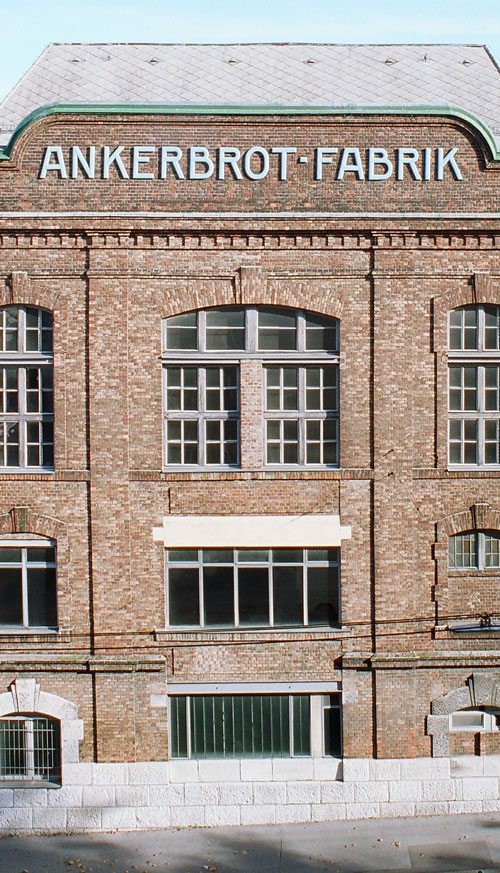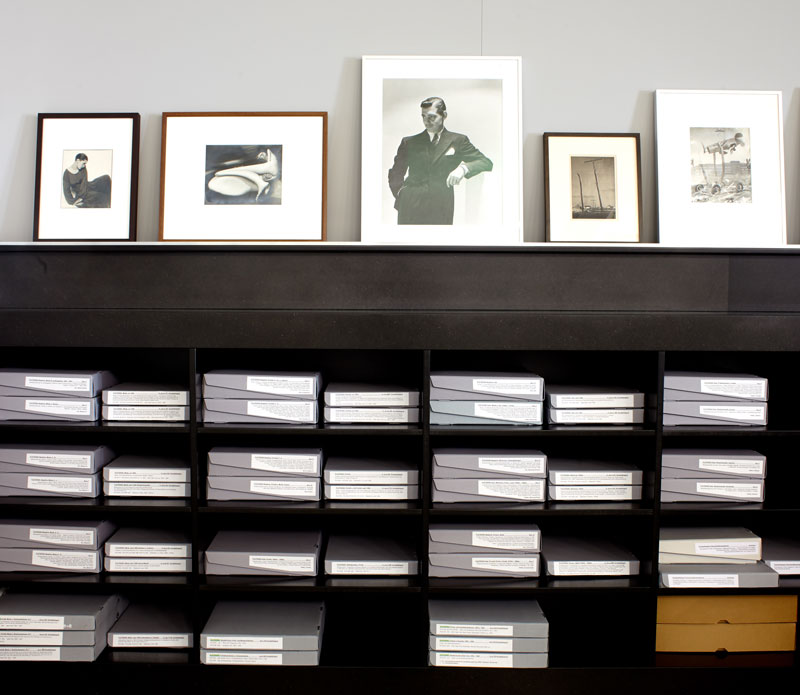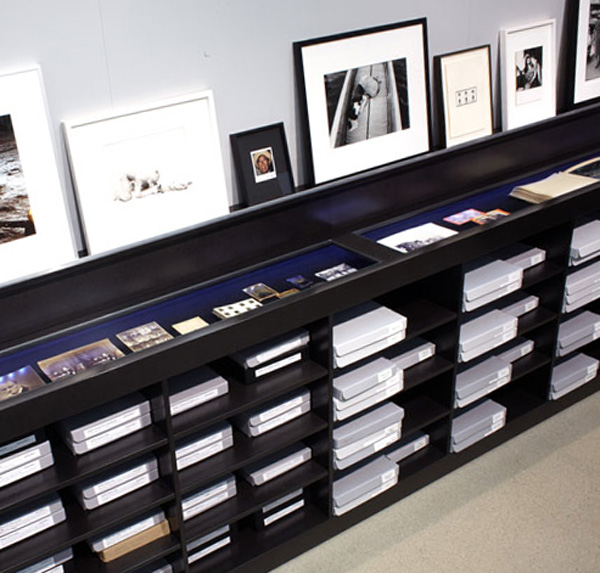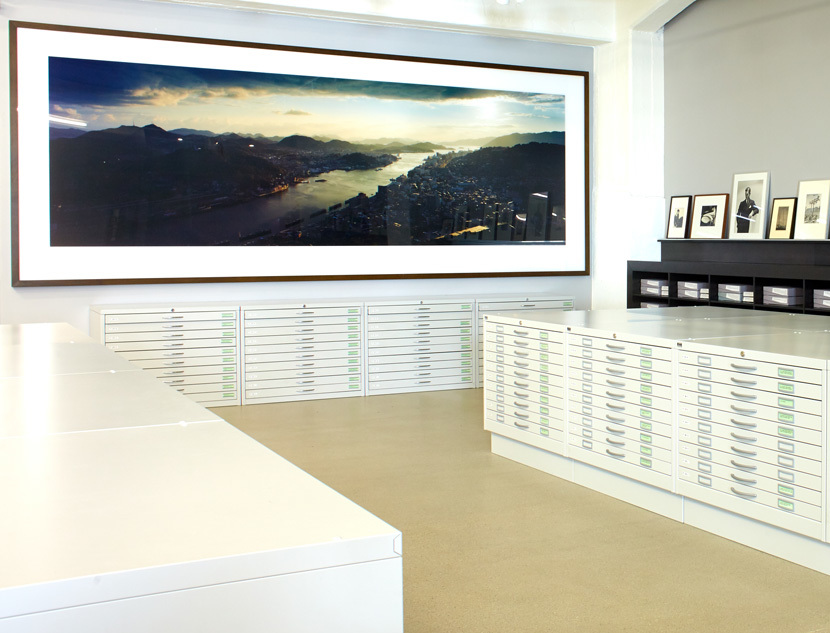Origins
Since 2015, OstLicht Collection resides at Depot for Photography on the premises of Vienna Brotfabrik, where also the sales stock of adjacent OstLicht Gallery is stored. The origins of the Collection are closely interlinked with the foundation of WestLicht in 2001. The formation of the Museum set a vital impulse for Peter Coeln to enhance his collecting activities, which from this point on was in constant interplay with the exhibition program at WestLicht and international cooperations, as well as occasionally with other agencies of the company like the auction house and the international vintage camera trade.
His passionate commitment to a variety of subjects in the medium’s history and in fine art photography made it possible to assemble a photographic collection of museum scope over a relatively short period. In the course of an operational reorganisation the holdings were passed over to OstLicht company, run by Peter Coeln, and renamed OstLicht Collection in 2014.




